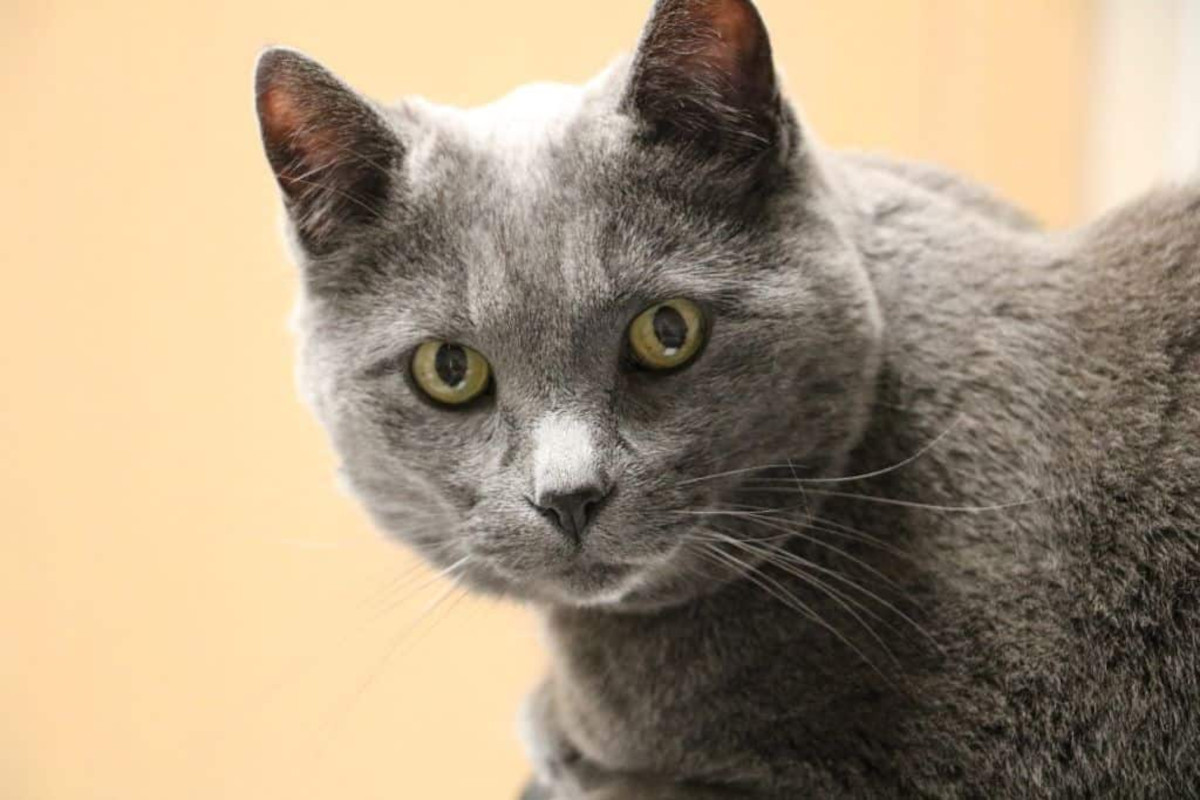Cat Liver Failure When to Euthanize

Your Cat’s Liver
If your feline friend is suffering cat liver failure, ‘when to euthanize’ will be a question you may have to consider asking. Acute liver failure occurs when over 70% of its functions are suddenly lost due to a massive loss of tissue. Your cat’s liver is its largest internal organ.
This article will provide facts that you need to know about cat liver failure – when to euthanise…
Liver Functions
The liver is the only organ in your cat’s body capable of regenerating itself. Here are some of its functions:
- Balancing oestrogen and testosterone.
- Breaking down haemoglobin.
- Converting sugar into energy.
What Causes Liver Failure
Liver dysfunction is common in geriatric cats. And some breeds such as Siamese are prone to developing liver disease. Overweight and obesity are another two culprits.
More reasons for liver failure may include poisons; chemicals or drugs that are destructive to the liver; limited flow of fluids into the liver; the inability to breathe; and exposure to excess heat.
Other causes include blood clot disease, shock, and acute circulatory failure.
Liver Failure Signs
Early signs of liver failure aren’t very specific – making it difficult to identify. However, a change in your cat’s eating habits is often an early stage indicator. Lack of appetite alongside anorexia and vomiting are key signs. If your cat stops eating for one to two days you need to visit your vet.
You should also be on the look out for the following signs:
- Blood in stools
- Decreased appetite
- Depression
- Diarrhoea and vomiting
System Failures
As the liver is responsible for an entire range of bodily functions when it fails it immediately affects other organs too. See system failures that acute liver failure can have an impact on here:
- Gastrointestinal– inducing diarrhoea, vomiting and blood in the stools
- Hepatobiliary– death of the liver and bile ducts manifesting in jaundice
- Immune, Hemic, and Lymphatic– causing clotting due to system imbalances
- Nervous– resulting in brain disease from the liver failure
- Renal– toxins injuring the kidney tubules
Liver Failure Diagnosis
A full blood workup known as haematology, alongside urine and biochemistry analysis will be carried out. The removal and analysis of affected tissues known as a biopsy will also be performed.
Signs of liver disease are often vague and non-specific. So, blood and urine tests are usually needed to identify that liver disease is the underlying cause.
Treatment of Liver Failure
There are many medications used to treat the primary cause. Treatment will depend on the underlying cause of the liver disease and its severity. If the cat is suffering from advanced disease or displaying acute symptoms, it is likely to need hospitalisation.
Fluid therapy may be started to prevent dehydration.
A feeding tube might be needed to ensure a diet high in protein and extra vitamin. This will promote healing and stop blood clots from forming.
Life Expectancy
Liver disease in a cat’s life expectancy is virtually nil if left untreated – with a mortality rate of above 90%. Cats usually die due to severe malnutrition or other complications.
Cats treated in the early stages can have a recovery rate of between 80-90%. Early detection is the most positive way to combat the disease, as the longer the disease goes untreated the higher the death rate.
If severe weight loss has occurred muscle wastage will take place as the body changes protein into energy. Resulting in the body being unable to give the brain enough energy to function properly.
Recovery of Liver Disease in Cats
If an affected cat can survive the first few days of treatment, the prognosis is generally good for a full recovery between 3-6 weeks. Follow up examinations will be needed to ensure that all organ systems are continuing to heal.
If you need any more assistance with your cat’s liver failure, or when to euthanize, please get in touch with us.
Tags: cat liver failure, pet euthanasiaCloud 9
To ensure accuracy, a professional vet has reviewed and verified the information presented in this article. It is important to note that when it comes to making decisions about euthanasia for your pet, there are no easy answers. It is always recommended to seek advice from your own veterinarian before making any decision.



